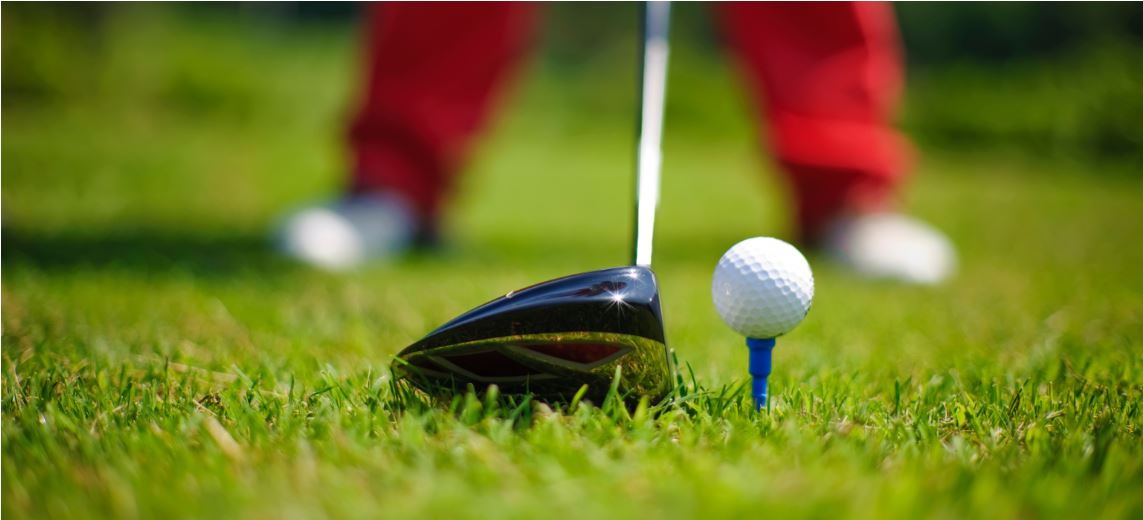Are you an avid golfer who dreads the thought of being sidelined by injury? Golf is a popular sport that is rapidly expanding throughout the world, which requires precision and consistency. However, the repetitive motions involved can take a toll on your body. From lower to upper back pain, golf-related injuries are not uncommon. In this blog, we’ll explore the types of injuries that can result from playing golf and how you can prevent them to keep your game on par.
Why Do Golfers Suffer from Injuries?
The golf swing is the cornerstone of the sport, but it’s also the primary culprit for a common ailment: lower back pain. The repetitive motion and asymmetry of the golf swing can put excessive pressure on the lower back, leading to discomfort and injury. On top of that, there are three factors that can exacerbate the issue, resulting in back pain:
- Skipping Stretching & Warm-up – Golf is a sport that requires physical activity, and proper stretching and warm-up exercises can help prepare your muscles and joints, ensuring better blood flow and flexibility.
- Over-swinging – When a golfer over-swings, their spine twists, and their weight distribution becomes awkward, resulting in a choppy swing that places more stress on the lower back.
- Poor Posture – Rounded or extended backs or bent sides before a swing can strain the lower back muscles, leading to weakness due to over-activation or tightness. This position can fatigue the back muscles over a prolonged period, leaving them vulnerable to injury. In this article, we’ll explore how these factors contribute to back pain and provide tips on how to avoid them to keep you playing your best.
5 Simple and Easy Tips to Keep in Mind to Prevent or Reduce the Discomfort:
- Warm-up properly: Stiff players are more prone to back pain. To avoid this, stretch and warm-up before playing. Some recommended stretches for golfers are; Over the Head Shoulder Stretch, Chest Opener with Forward Bend Stretch, Standing Quad Stretch, Low-lunge Hip Flexor Stretch, and Standing IT Band Stretch.
- Improve your swing mechanics: Don’t try to hit the ball as hard as you can, as this can lead to erratic ball placement and increase the risk of injury. Focus on smooth, controlled swings instead.
- Maintain neutral spine positioning: When you’re leaning over the ball before swinging, keep your spine in its natural position and bend with your hips and knees.
- Strengthen your core: A strong core can help you maintain control through the swing and prevent overuse injuries. Be sure to exercise and strengthen your hips, glutes, lats, and obliques.
- Don’t try to play like a pro: If you’re new to golfing, start slowly and assess your capability. Avoid playing too many rounds in a row or overexerting yourself. By following these simple tips, you can prevent or reduce back pain and enjoy your time on the golf course.
How Can-i Mend Aids in Recovery
The Can-i Mend product line is designed to help promote repair and recovery after experiencing injuries such as sports injuries and relieve pain on areas such as the lower back. The products contain rich ingredients like a variety of vitamins, ginger, and rhodiola that can help reduce pain and inflammation. These products can be applied topically to the affected area or ingested orally with the oral sprays and oils. By incorporating products from the Mend line into their recovery routine, athletes can support their body’s natural healing process and potentially reduce their recovery time.

